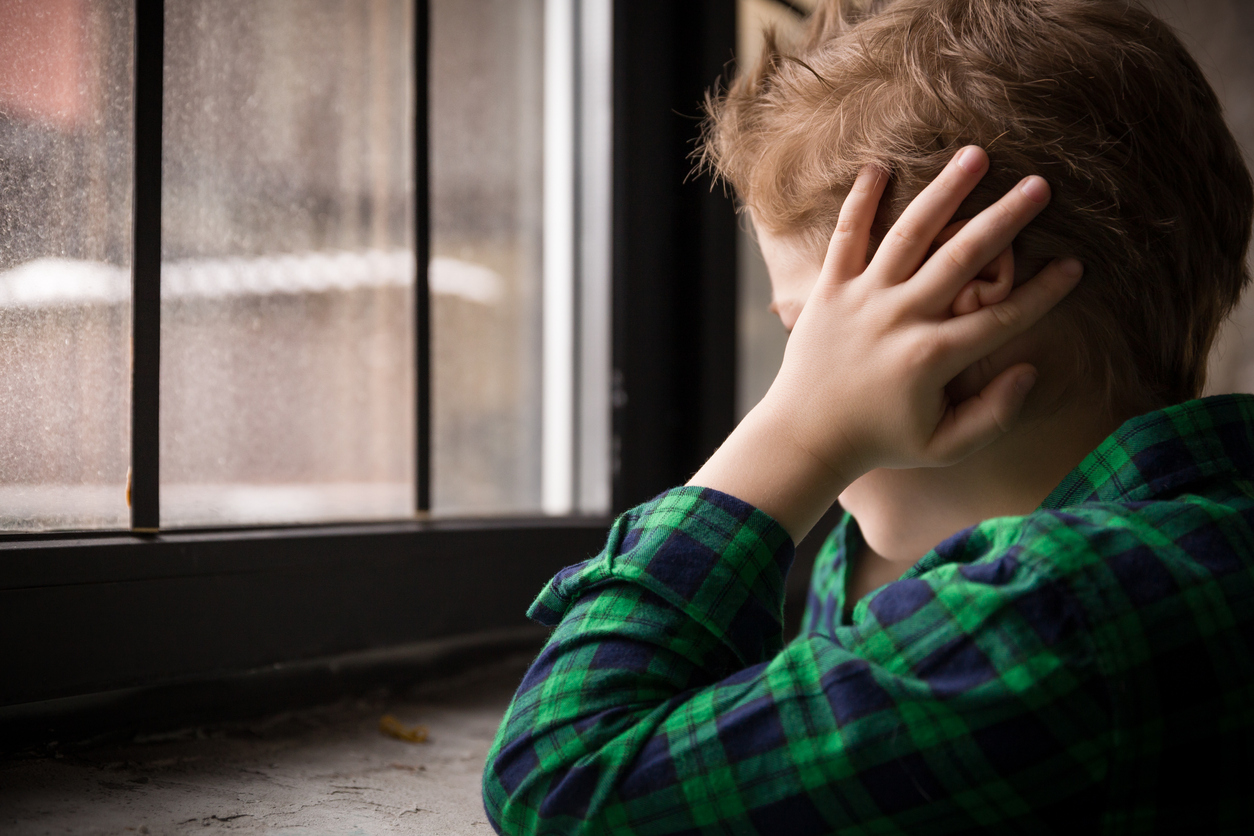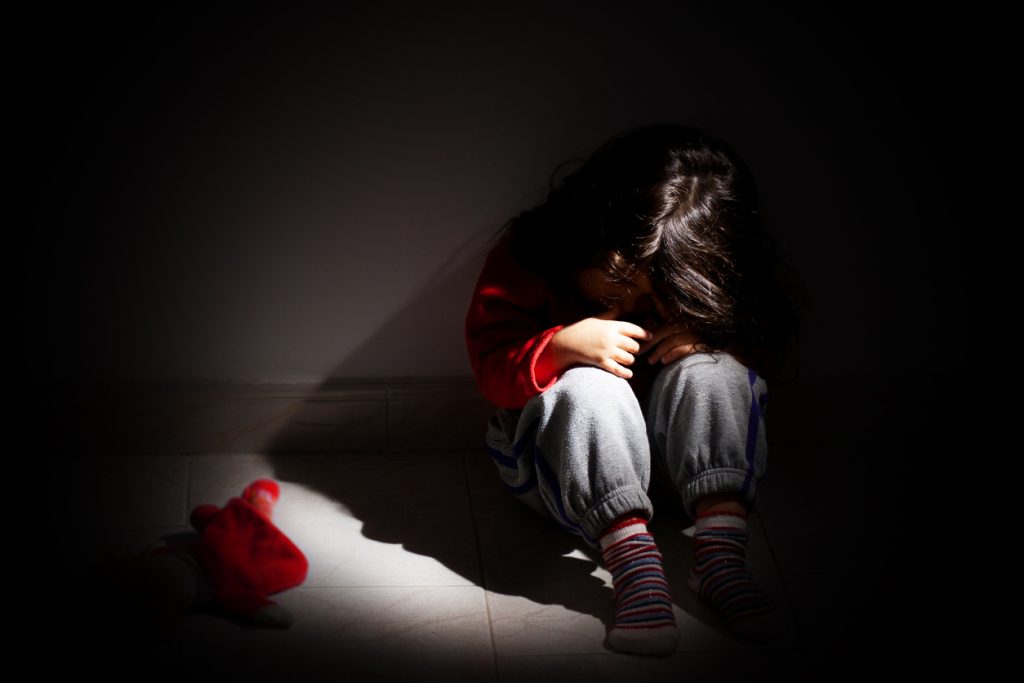
15 Dec Adverse Childhood Events More Common Among Adults in Prison
People who lead and work in educational or health care settings are learning about the negative effects of Adverse Childhood Events (ACEs) once those children have become adults. Prisons, however, have been late adopters, even though most prisoners have experienced significant childhood trauma.
Incarcerated people are 33% more likely to have one or more ACEs in their backgrounds.
Approximately 64% of the U.S. population has at least one Adverse Childhood Event (ACE) in their background. In contrast, 97% of people living in prisons have at least one ACE, according to The Compassion Prison Project.
And there’s likely more childhood trauma among incarcerated adults than researchers are currently measuring. “I believe that statistic is underreported,” says CPP’s founder, Fritzi Horstman. Her mission is to educate all prisoners about childhood trauma and to ensure all prisons are trauma informed.
ACE scores range between 1 and 10. Each Adverse Childhood Event a child experiences before age 18 counts as one (no matter how often it happened). An increased ACE score correlates to an increase in mental, physical and behavioral negative outcomes, according to a Centers for Disease Control and Kaiser Permanente study.
The study asked participants about events in their childhood homes. Examples included domestic violence, mental illness, divorce or a parent being in prison. Some questions covered neglect and any physical, emotional, spiritual, or sexual abuse the child may have experienced.

High ACE scores correlate to a number of negative outcomes later in life.
The study found a significant correlation between high ACE scores and negative outcomes. These negative outcomes included an increase in depression, chronic obstructive pulmonary disease, asthma and other ailments. It also found a relationship between a high ACE score and an increase in smoking, problem drinking and unemployment.
“Nearly every person living and working in prison has experienced trauma — whether in their childhood or in the prison environment,” says Horstman. “Our goal is to bring healing and education to all prisons, while reminding everyone living in prison that they’re not irredeemable. They’re irreplaceable.”
The group’s Compassion in Action YouTube Podcast channel includes interviews with the top researchers in the area of adverse childhood events. They currently are producing a “Trauma Talks” educational program that prisons can use.
“We hope to reach all 1940 prisons and all 1,800,000 prisoners,” Horstman says “Self-forgiveness and a new way of looking at self and the world is crucial to ending recidivism.
To learn more about Adverse Childhood Events, go to the CDC’s website about ACEs. Curious about what the ACE assessment looks like? Take the ACE quiz.

